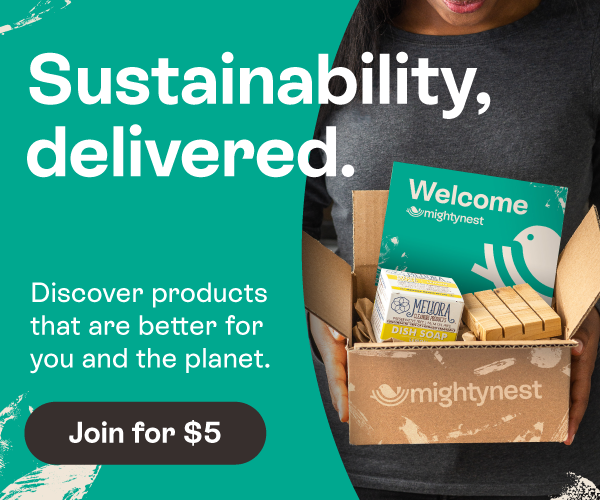
Ahh.. the 80's introduced us to leg warmers, perms, velour and stirrup/hammer pants. This decade also brought us another doozy: the disposable plastic water bottle. Though the trend towards "needing" bottled water took another decade to take shape. But that trend is on the downside as folks learn more and more about the negative impact that plastic water bottle drinking poses to our own health and that of our planet's.
When you buy a bottle of water made of plastic, 90% of the cost of this bottle comes from making the plastic bottle itself. How so? Well, to produce each plastic bottle takes the equivalent of filling 1/4 of the bottle with oil. And then to make the 29 billion bottles purchased every year in the US, the oil bill climbs to 17 million barrels of crude oil. Per year! For something we use briefly and just once. That's enough oil to fuel 1,000,000 cars for a year. And then even more to ship it around.
And that's just the beginning.
Plastic water bottles are typically made of #1 PET (polyethylene terephthalate), a thermoplastic polymer which is either opaque or transparent, depending on the nature of its composition. To make the PET bottles, the plastic has to go through polymerization which is a complicated process that can result in inconsistencies and impurities between batches.
The two impurites in question are diethylene glycol and acetaldehyde. Acetaldehyde (an endocrine disrupting chemical) is produced in both the polymerization process and the bottle manufacturing process and can give water an odd taste. Ew.
Wait, there's more. Studies have shown the level of antimony leached from PET bottles is also of concern. Long term exposure to antimony can lead to increased blood cholesterol and lower blood sugar. It sure makes you wonder how bottled water companies marketing their product as healthy, pure, and sustainable? And the irony is that many bottled waters have more contaminants than tap water since tap water is better regulated with standards of filtration, contaminant detection and purification.
And even after the bottle is manufactured and ready to be sold, there's still ways for chemicals to leach, including:
- length of time stored: who knows how long bottled water is sitting in a warehouse before it reaches your house?
- temperature: the trunk of the car or garage can get mighty hot.
- UV radiation: soccer field, the beach and camp - the sun can affect the plastic bottle.
All of which have the potential to happen during shipment and storage. It's like playing water bottle roulette!
So, it's time to get off the (plastic) bottle! CHOOSE GLASS! And benefit from the pleasures of:
- free of toxins like BPA
- made from natural raw materials
- no plastic-y smell or taste
- reusable hundreds of times
- recyclable forever
For more information (and a terrific video) about plastic water bottles, see the Story Of Stuff about plastic water bottles and learn more about what you can do for cleaner tap water.
And read about one 82 yr old woman's passion to get plastic water bottles banned from her town in Massachusetts after convincing her fellow townies that bottled water companies, "are draining our aquifiers and selling it back to us."
EWG has a handy scorecard for plastic water bottles and also a National Drinking Water Database for checking the tap water in your town or city.
Next up on the blog, what happens to all of these plastic water bottles once they're used....

